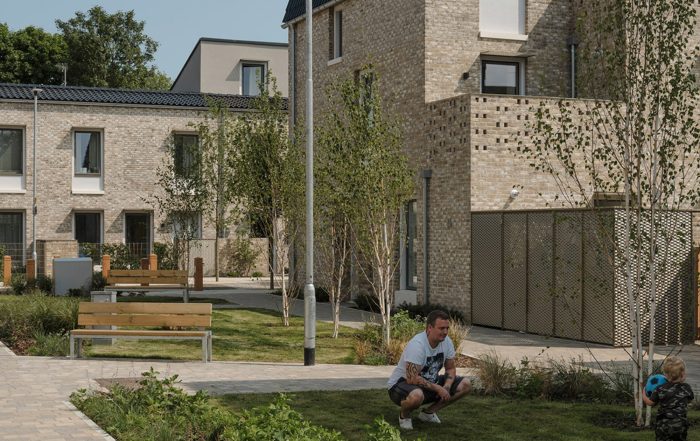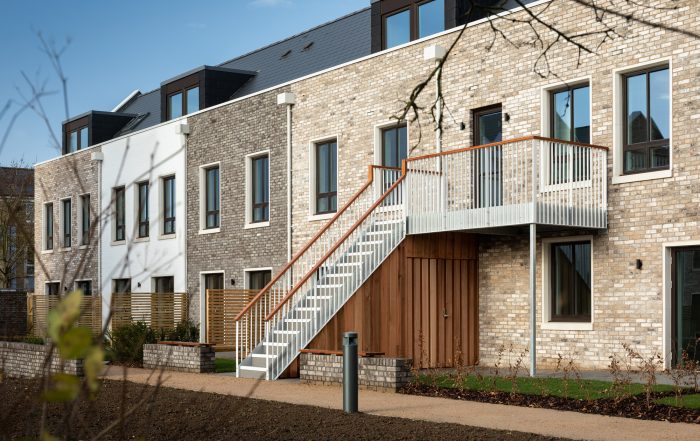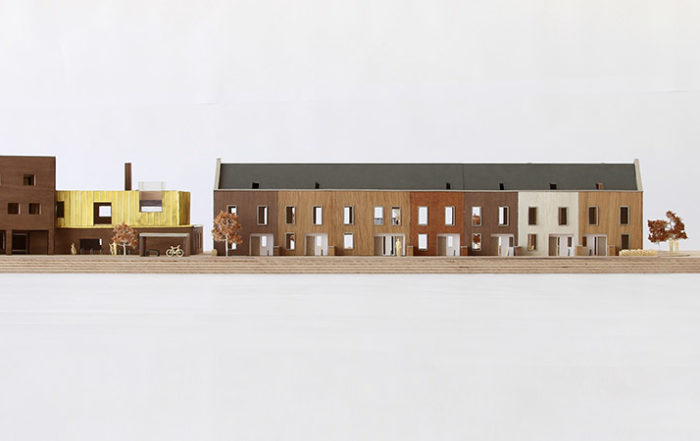27th January 2020
WE NEED TO START LISTENING TO THE KIDS.
27th January 2020
WE NEED TO START LISTENING TO THE KIDS.
Share
Following the announcement of the general election, my 10-year-old asked me why she wasn’t allowed to vote. ‘It’s my future too,’ she said. She had a point: children have little voice when it comes to the decisions that will fundamentally affect their lives for good or bad.
If young people are disenfranchised by our politics, the same may be said regarding our built environment. Children have seen their independence and freedoms progressively eroded over generations. We fear for our children more than ever, and with good reason: we’ve given cars free rein over our urban environment, requiring our children to navigate extraordinary perils daily. Little wonder childhood diseases associated with air quality and inactivity are on the rise.
As the recent report Child Friendly Planning in the UK concludes: ‘Children are currently most visible [in planning policy] through their absence. Yet the world we build for our children carries wider importance. Children have been described as the ‘indicator species’ of sustainable human habitat. If kids flourish, then a place will flourish. Somewhere that’s good for children is good for us all.
So why do we find it so hard to do? It’s not as if we don’t know how.
Through the Urban Task Force, the Manual for Streets, years of CABE publications, and the recent National Design Guide, attempt after attempt has been made to promote more inclusive city design. We just can’t seem to implement that guidance.
Maybe the problem is more fundamental: that those who shape the built environment do so in their own image. They create a world that serves their own interests at the expense of others.
According to the Intergenerational Foundation, a charity campaigning for fairness between generations, the average age of elected councillors is 60. Adults aged under 35 (one third of the population) account for 5 per cent; under-25s are barely represented. The old are making the decisions while the voice of the young goes unheard.
So is it surprising that our built environment reflects the prejudices and vested interests of the older generation? After all, this is the group most likely to drive, most likely to own a home and least concerned about climate change. What other world could they be expected to make?
What if we were instead to shape the world around the optimism and instinctive fairness of the young? The youth climate movement has shown what’s possible when children fight to have their voice heard. It’s not just that they can understand the evidence as well as anyone else, it’s that they are prepared to tell it like it is. Let’s think more radically not only about how we listen to children, but about the role of young people in decision-making.
“We might start by establishing youth councils and giving them a statutory say in planning decisions.”
We might start by establishing youth councils – formed of elected young people – and giving them a statutory say in major planning decisions in their local area. Constituted along the lines of a parish or town council, these would draw on, and engage with, local schools, universities and youth organisations. They would consider significant planning applications and planning policies and represent the views of youth to the planning process. Their voices would carry real weight.
But more importantly, like the school climate strike, it would help reframe the discussion. A young person speaking before a planning committee, advocating for a more inclusive, fair and sustainable future would carry incredible force.
Anyone who watched Greta Thunberg’s speech to world leaders at the United Nations will recognise how compelling it is to witness a young person speaking truth to power. Our planning committees need to hear the same message: ‘The eyes of all future generations are on you.’
This article by Jonny Anstead previously appeared in the Architects Journal and Here Now, journal of the Academy of Urbanism.



